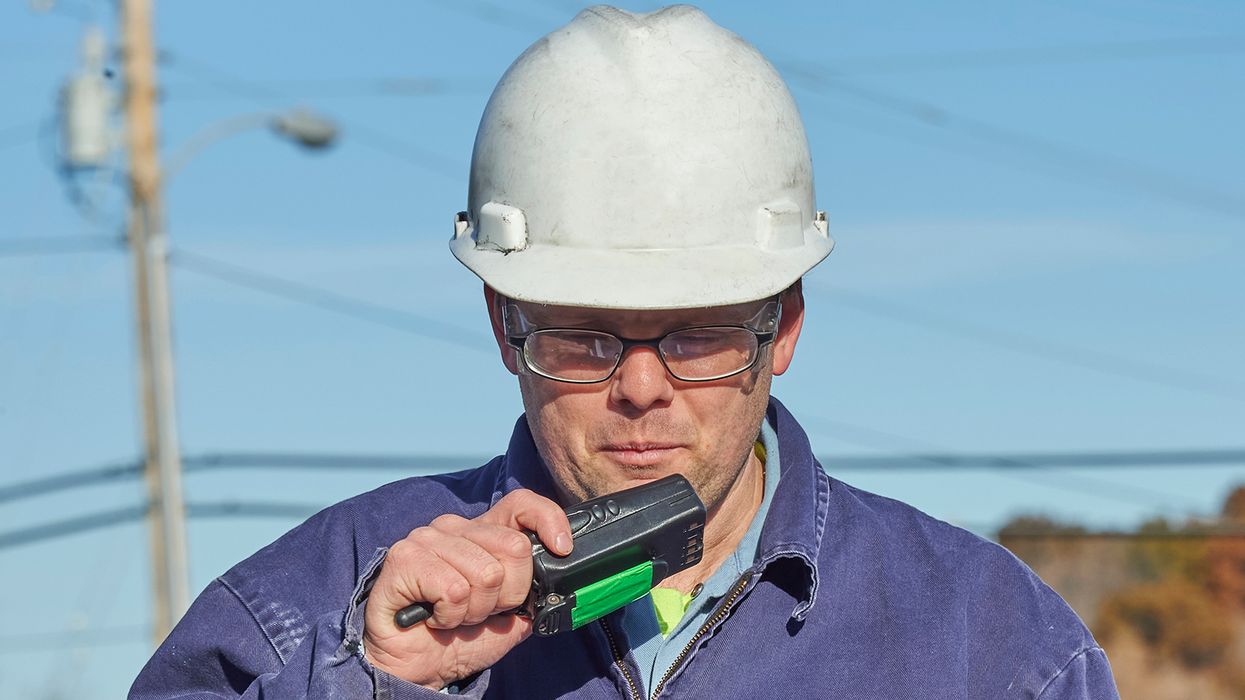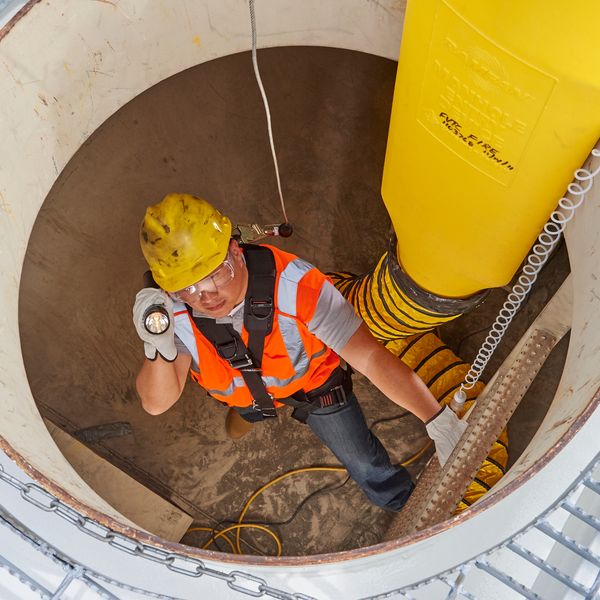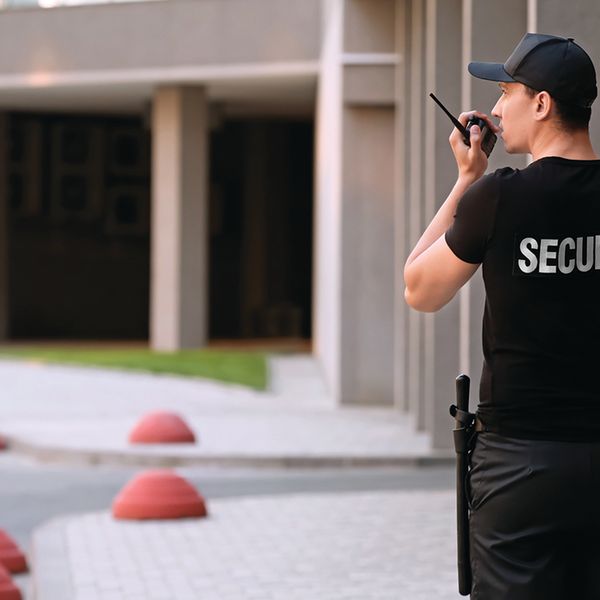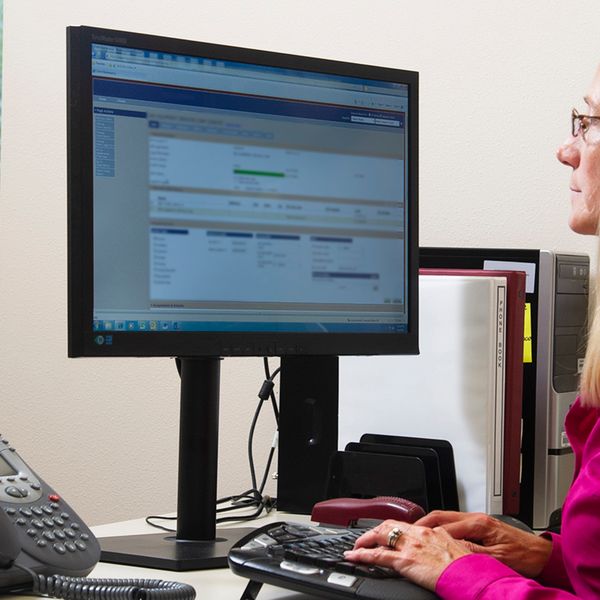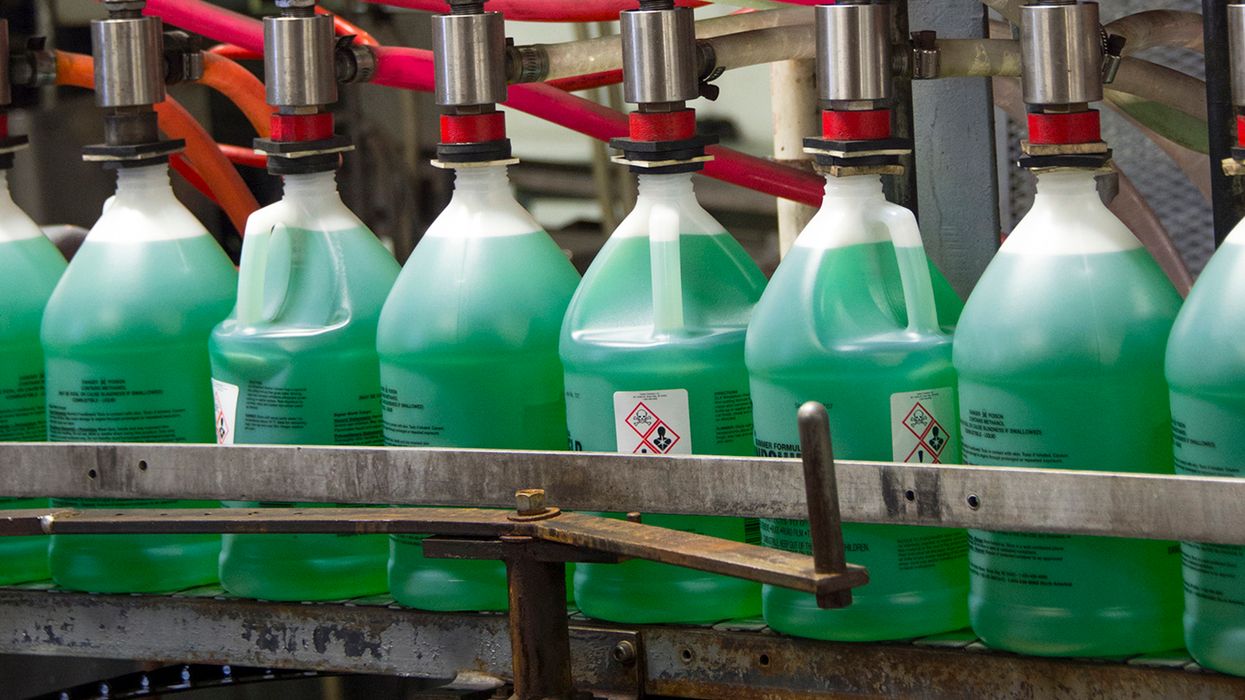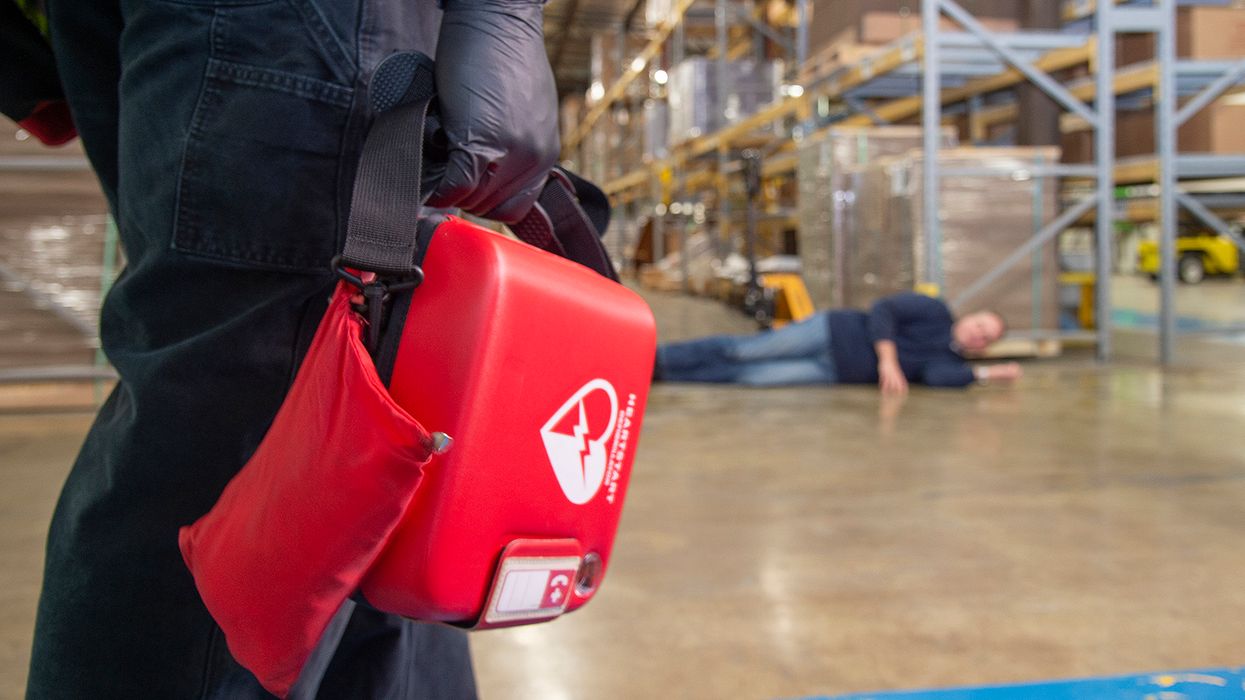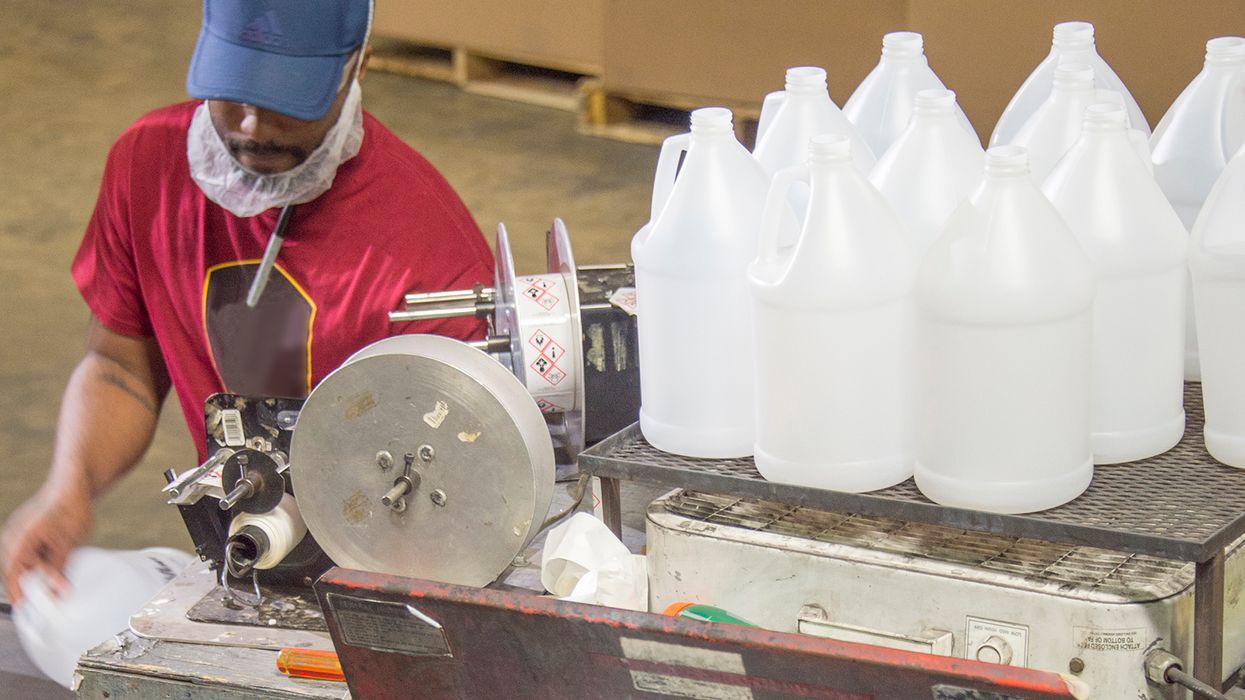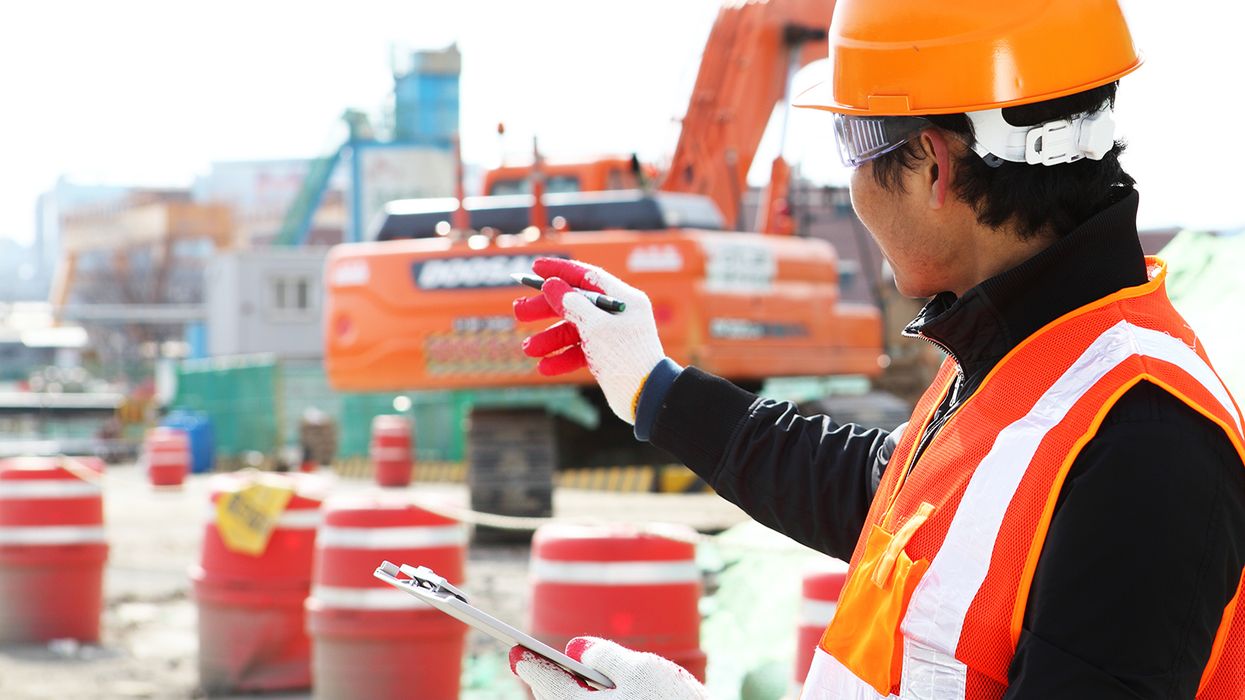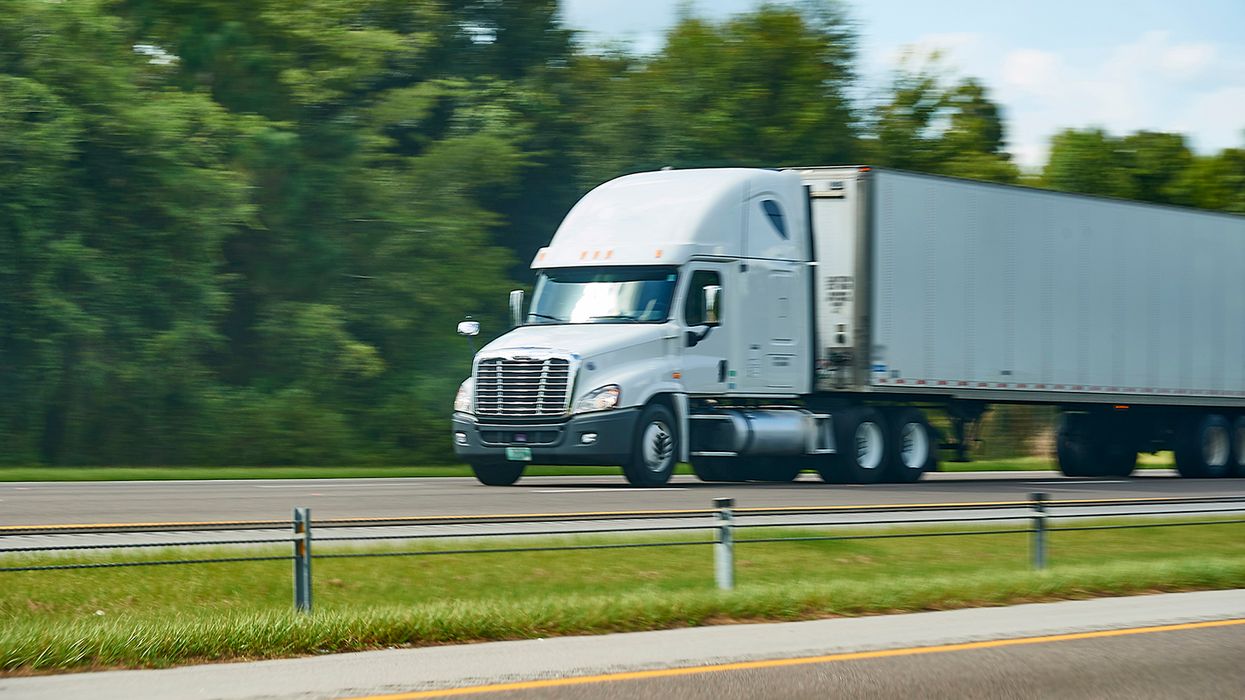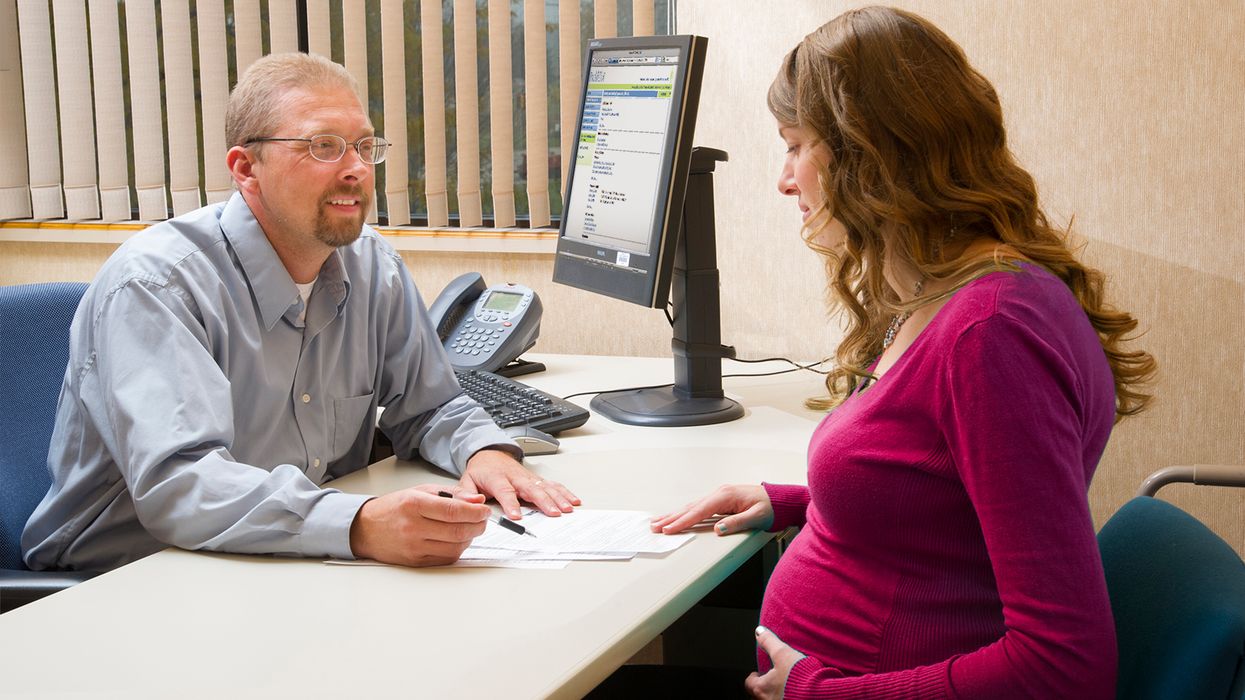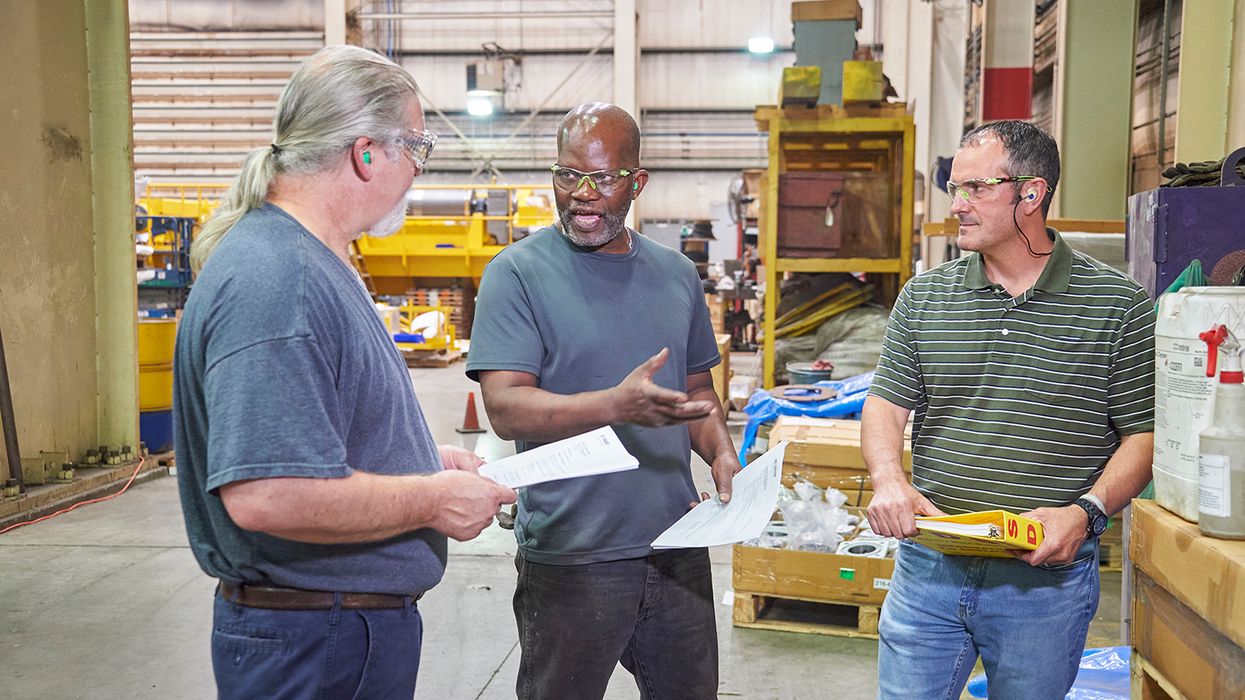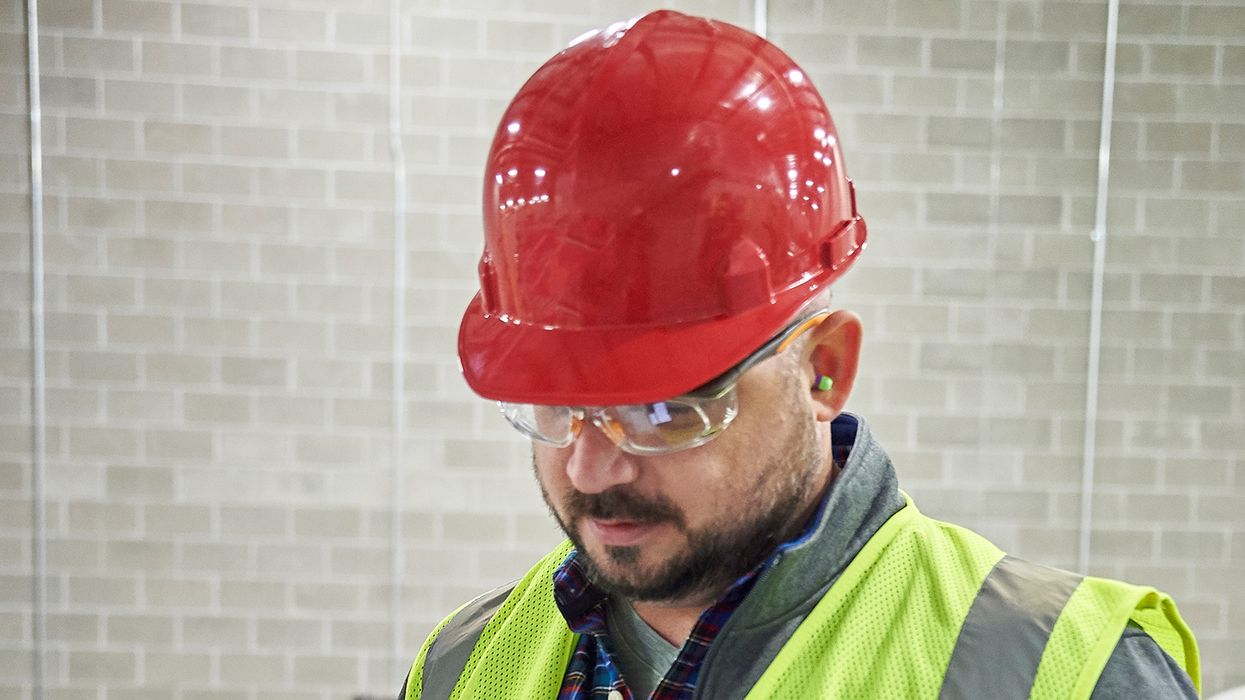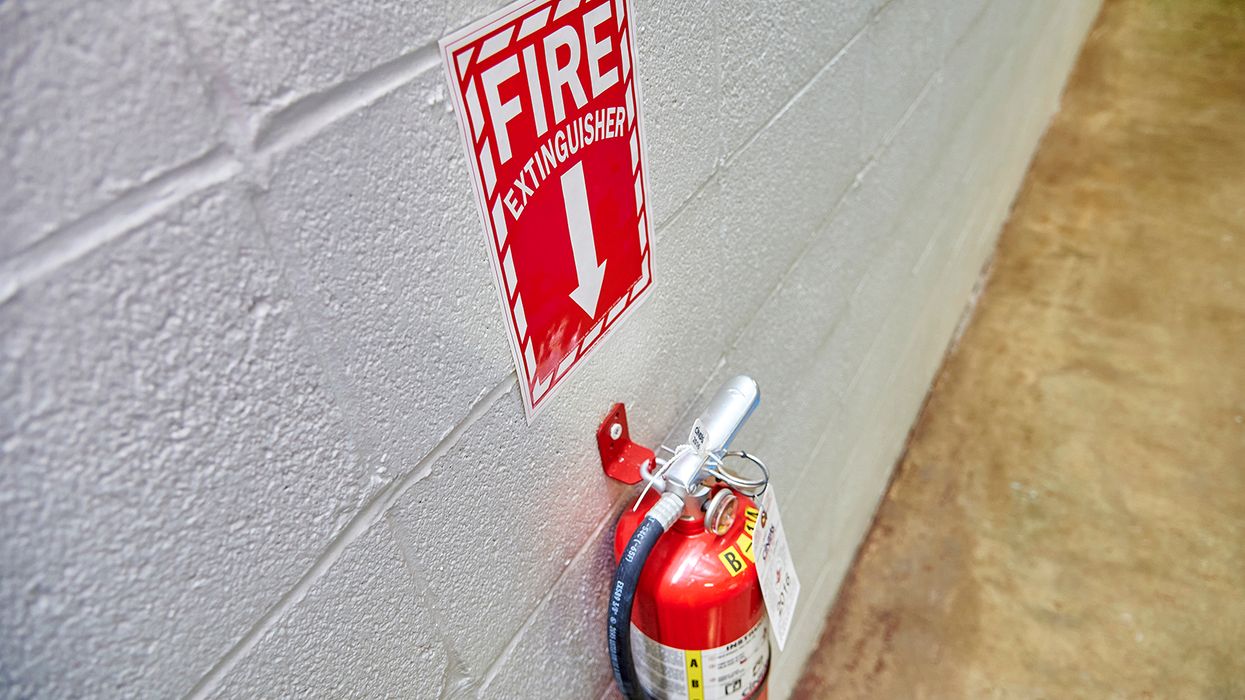One is the loneliest number: Five steps to lone worker safety
If safety in the workplace isn’t challenging enough for you, go ahead and add in “lone workers.” These types of workers face unique obstacles that require special attention to protect their safety.
To safeguard these vulnerable employees, organizations must establish a system that addresses potential hazards and offers practical solutions to minimize risks while they conduct their day-to-day tasks.
Identifying your lone workers
Working alone or in isolation is an essential aspect of many job tasks in various fields such as remote research, on-site technicians, security, warehouses, and medical house calls.
A lone worker is someone who works alone without close supervision or nearby coworkers. They can be in remote areas, in separate locations, or work during off hours when there are fewer people around.
Since they don't have immediate access to help or support, these workers can be at a higher risk of serious injury due to workplace hazards they encounter while working alone.
Creating an effective lone worker safety program
The most effective lone worker safety program is to avoid the need for one altogether. Analyze the job requirements and assess if the worker must be on their own. Identify alternative ways to complete the task without exposing them to the hazards of working alone.
However, if lone work is necessary, here are some recommended steps to follow when implementing a lone worker safety program:
- Conducting a job hazard analysis (JHA): If lone work is necessary, it is important to start with a thorough job hazard analysis conducted by both the supervisor and the potential lone worker before starting any task.
By working together, the analysis will be more comprehensive and facilitate open communication and a clear understanding of the task.
For long-term lone worker positions, it is best practice to establish a frequency for reassessing the JHA to ensure it remains up to date with any changes in the job tasks. - Developing checklists: To effectively address the findings from a JHA, a vital tool is to create checklists that are customized to the specific hazards of the job. These checklists should cover emergency procedures, check-in protocols, specialized communication equipment, and other important safety aspects.
By having checklists in place, you can ensure that all the safety measures identified in the JHA are thoroughly addressed. - Training effectively: When training lone workers, make sure they have the necessary knowledge and tools. This includes educating them about the hazards they may encounter and providing them with checklists to follow.
It's important that they understand emergency response procedures, carry required supplies, and know how to ask for help when needed. - Communicating with lone workers: Having reliable two-way communication is crucial for the safety of lone workers. It involves developing a process that includes training and providing appropriate communication methods.
Fortunately, there are various technology solutions available, such as mobile phones, two-way radios, satellite phones, wearable automated warning devices, GPS, cameras, video conferencing, and instant messaging platforms. Implementing these solutions ensures that lone workers have the means to call for emergency assistance if needed. - Improving continuously: To keep your lone worker safety program effective, remember to regularly assess risks, evaluate the need for lone work, update checklists, and stay informed about industry best practices.
The workplace is constantly changing, and when you factor in the unique hazards faced by lone workers, it becomes even more important to regularly review and update to continuously improve your program.
Key to remember: To ensure the safety of lone workers, employers should assess hazards, provide training, establish communication processes, and stay informed about best practices.

